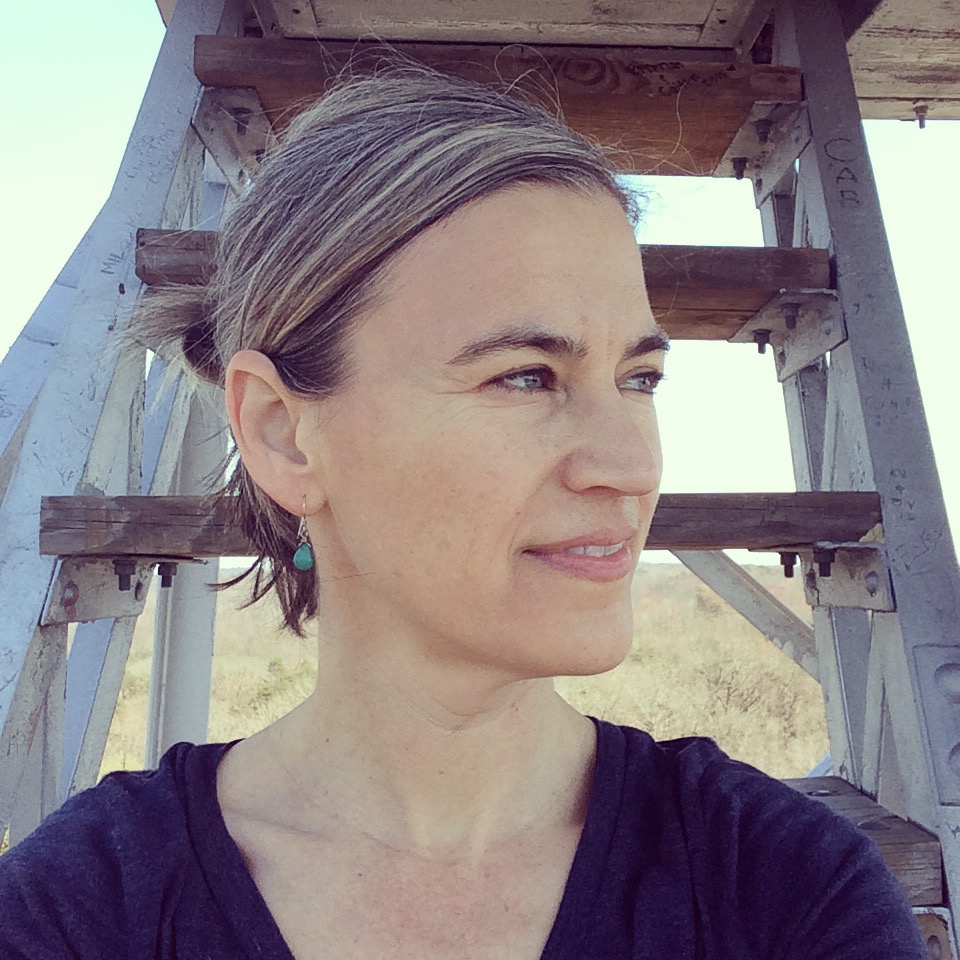Nielsen-Farrell finds fulfillment in work with Prison Compassion Project
One of the ways Jill Nielsen-Farrell has been inspired to build community is by working with the Compassion Prison Project, an organization that acknowledges the strong connection between childhood trauma and incarceration.

The project, founded by award-winning producer Fritzi Horstman, focuses on helping those incarcerated address and heal from their emotional wounds. The approach is one of fostering awareness and engaging with these individuals from a standpoint of compassion rather than judgment.
This work is based on the principles of the Adverse Childhood Experiences Study by Kaiser Permanente, which demonstrated that the more adverse childhood experiences individuals are exposed to, the greater the likelihood that they will be emotionally dysregulated, resulting in significantly higher rates of addiction as well as mental and physical health issues. The correlation is profound.
Horstman produced a short documentary called Step Inside the Circle that powerfully demonstrates the overwhelming percentage of incarcerated men and women who suffered horrendous abuse and neglect early in life. You can see the trailer here: https://vimeo.com/398088783
When you think about it, working toward healing makes more sense than mindlessly continuing our society’s practice of assuming that people who are incarcerated are beyond help and punishing people until they get better. There is no evidence that this is working.
What neuroscience demonstrates is that people who grow up in abusive and neglectful environments develop coping strategies (fight, flight or freeze) that help them survive difficult childhoods but that often leave them without the appropriate coping skills later in life.
Nielsen-Farrell, who was profoundly impacted by the trauma of her husband’s death in a house fire, was inspired to become a trauma-informed acupuncturist because of her healing experience. It motivated her to get involved with the Compassion Prison Project.
She started out volunteering to write letters to those incarcerated as part of the Compassion Prison Project, and that led her to being tapped as the chief operating officer of the nonprofit. She has decided to step back from that role this fall to concentrate on her work locally.
Trauma that is untreated makes it impossible in stressful circumstances for people to access their pre-frontal cortex, which is the executive or thinking function of the brain, Nielsen-Farrell explained. Instead, the amygdala takes over, which is activated by fear. The amygdala is what kept our ancestors alive thousands of years ago, but we aren’t being chased by sabre-tooth tigers today.
“A lot of folks who are incarcerated were incarcerated in their late teens or early twenties when their prefrontal cortex wouldn’t even be online if they had a zero (ACES) score,” Nielsen-Farrell said.
Trained Compassion Prison Project volunteers work with people who are incarcerated to begin the process of understanding and healing from the wounds that led them to act out in a way that landed them in prison.
There is a high correlation between poverty and adverse childhood experiences. The Kaiser Permanente study indicated 50 percent of individuals had one adverse childhood experience, and 13 percent had four or more ACEs. When a study was done at Lincoln Elementary several years ago, about 90 percent of fourth and fifth graders had one ACE, and more than 50 percent had four or more.
Not knowing where you will be sleeping tonight, witnessing violence, having divorced parents, uncertainty about when you are going to get your next meal and so on are realities for so many in our community and our society. Helping people heal from early wounds seems like the most humane and compassionate work we can undertake.
The challenge for all of us is whether we continue to write off people as hopelessly defective or whether we seek to find ways to help people heal and become more productive members of our community.
It seems to me we should be applying similar approaches in our communities with juveniles and those incarcerated in the Chelan County Regional Justice Center.
